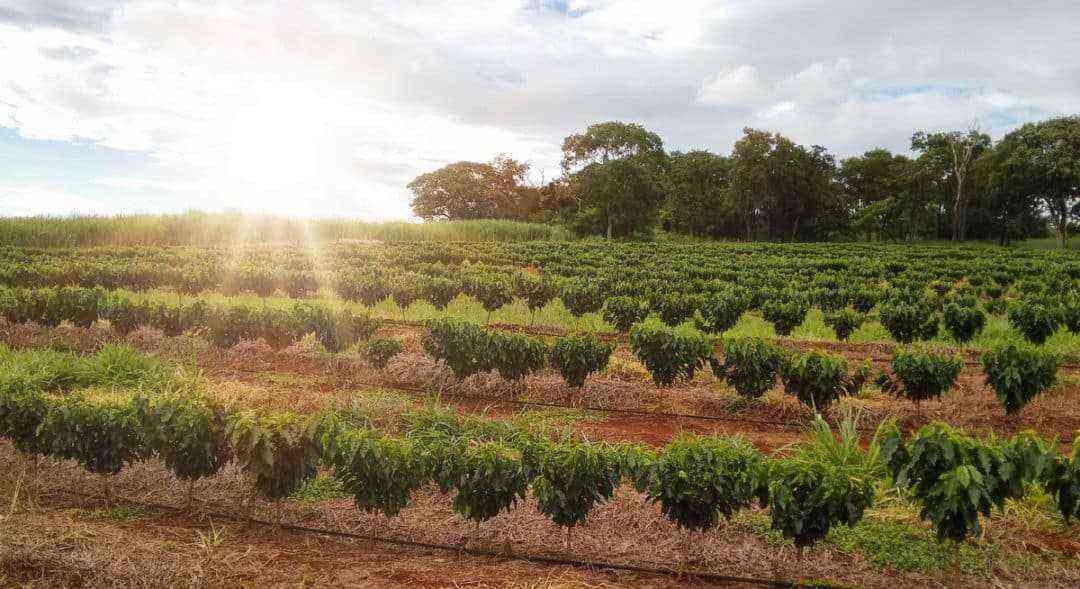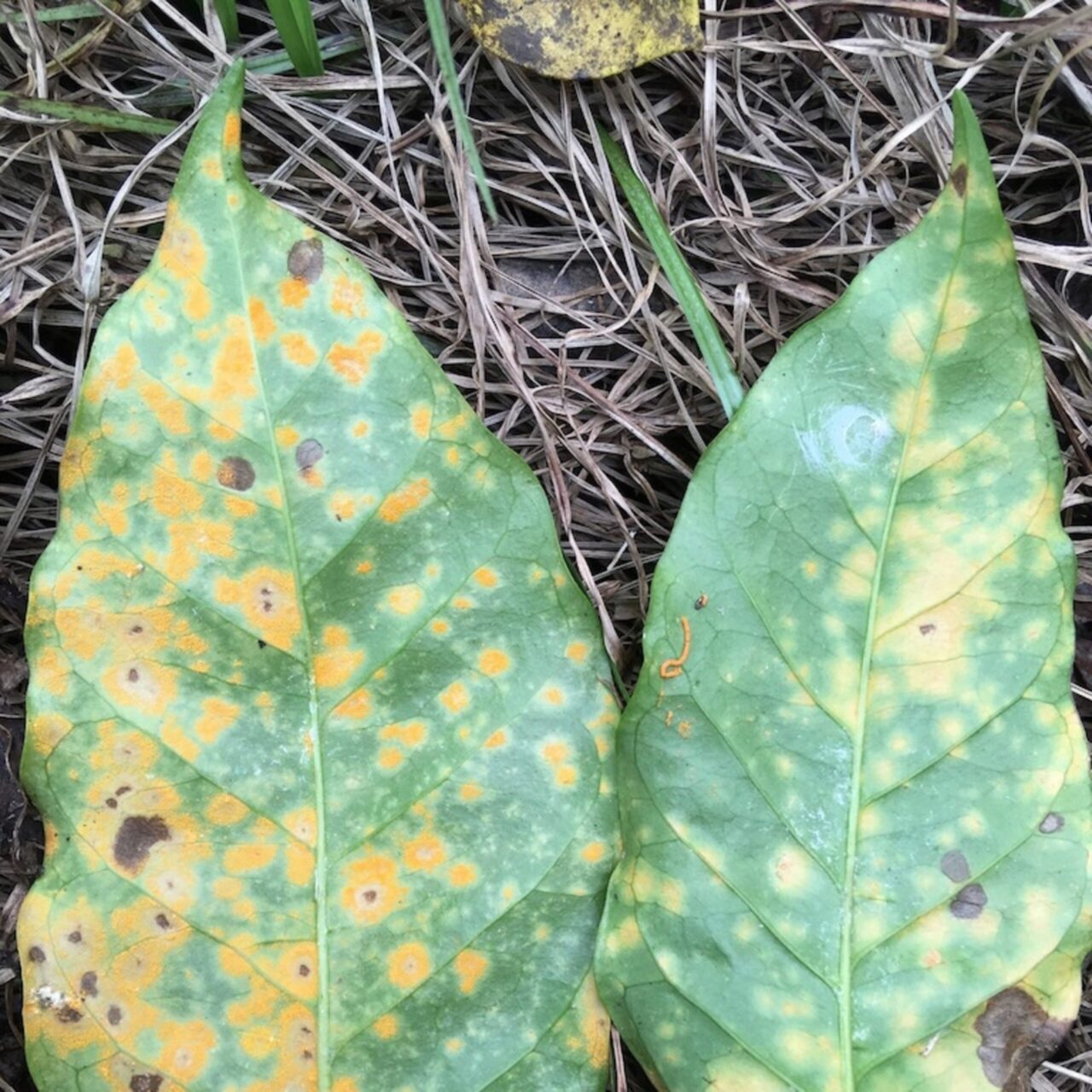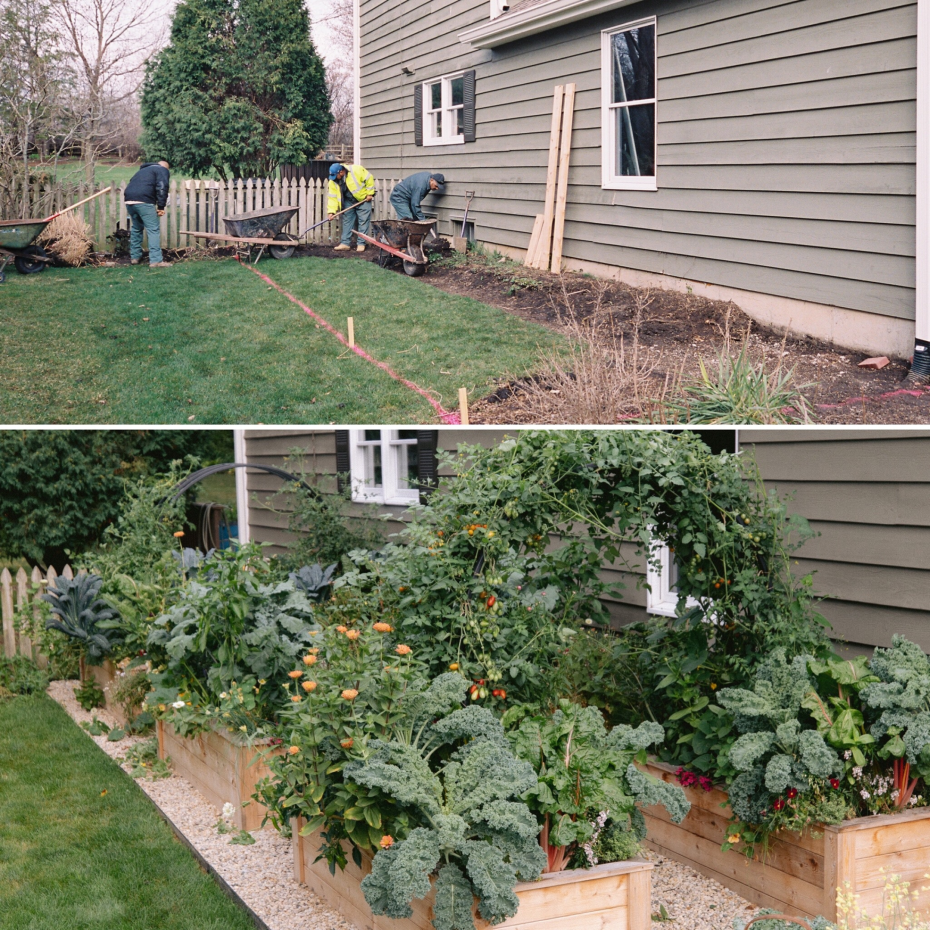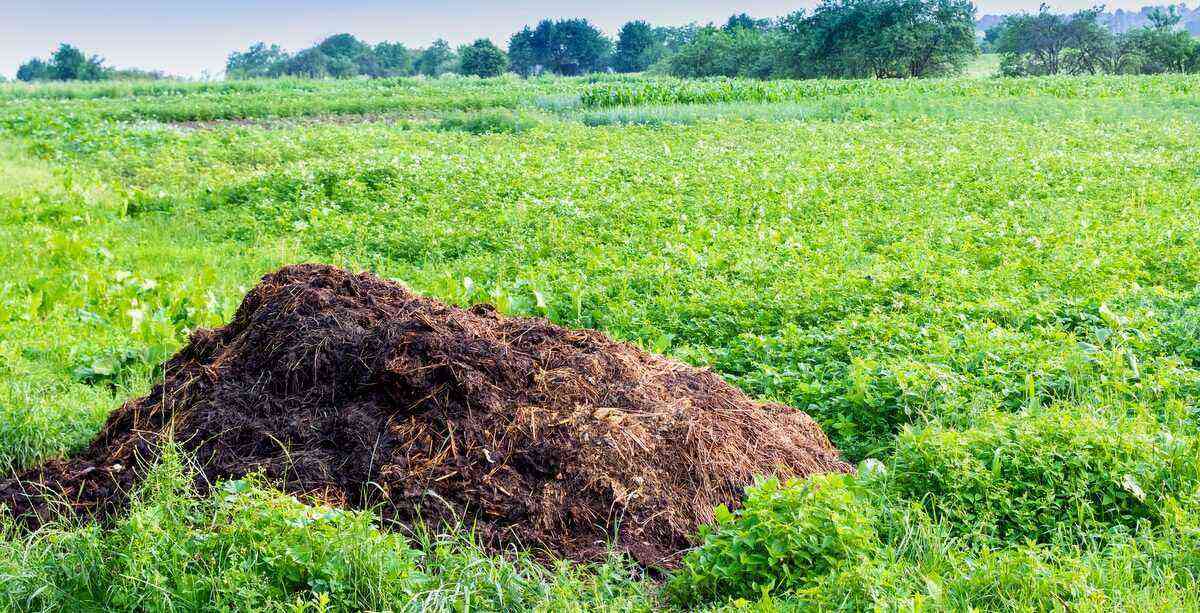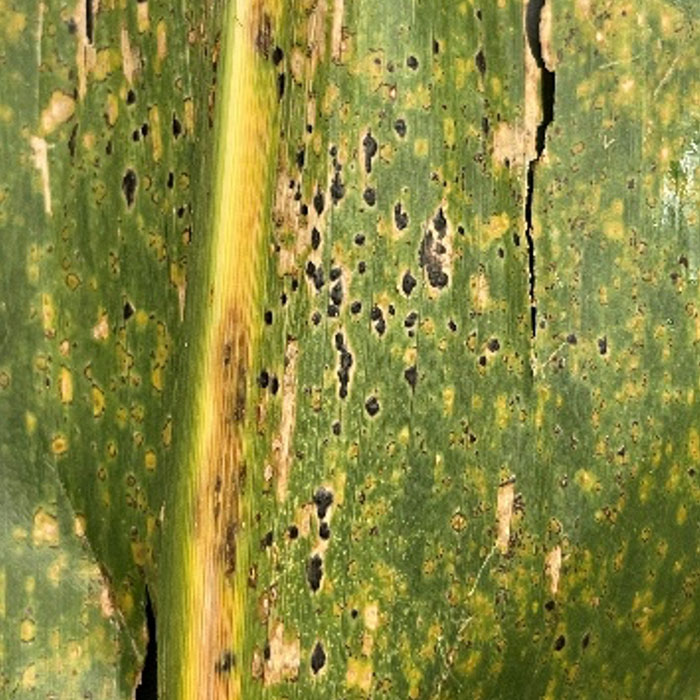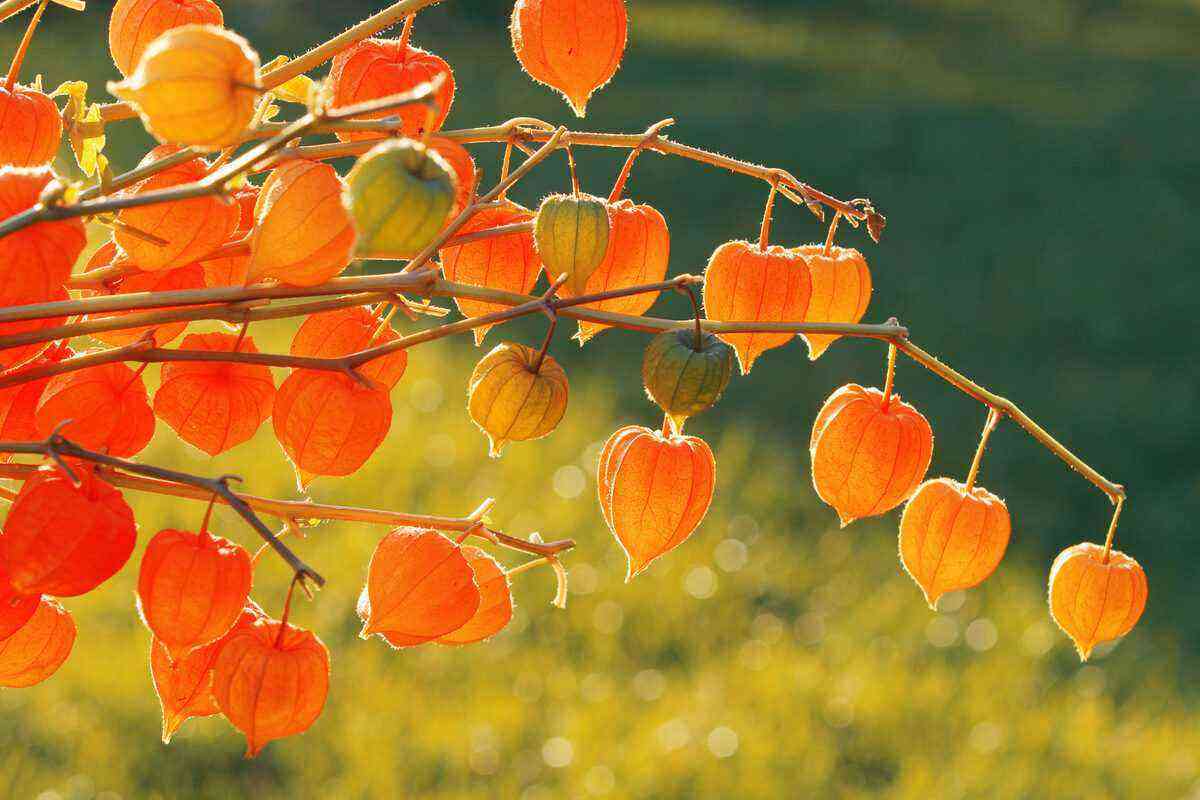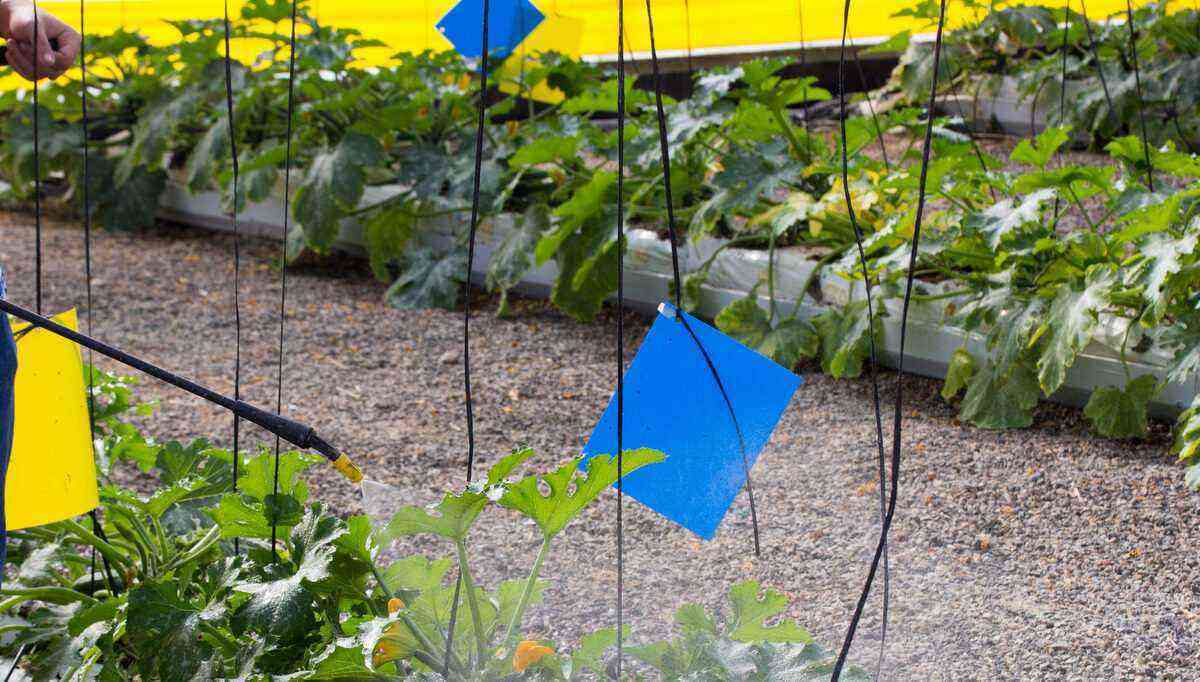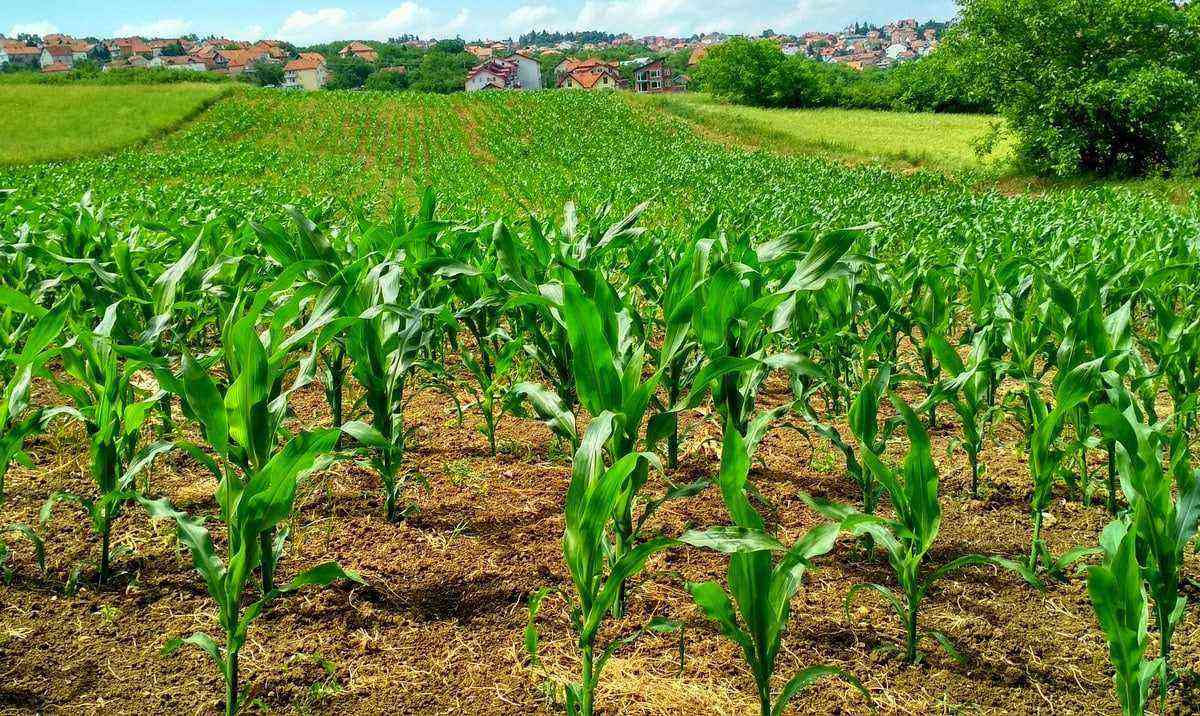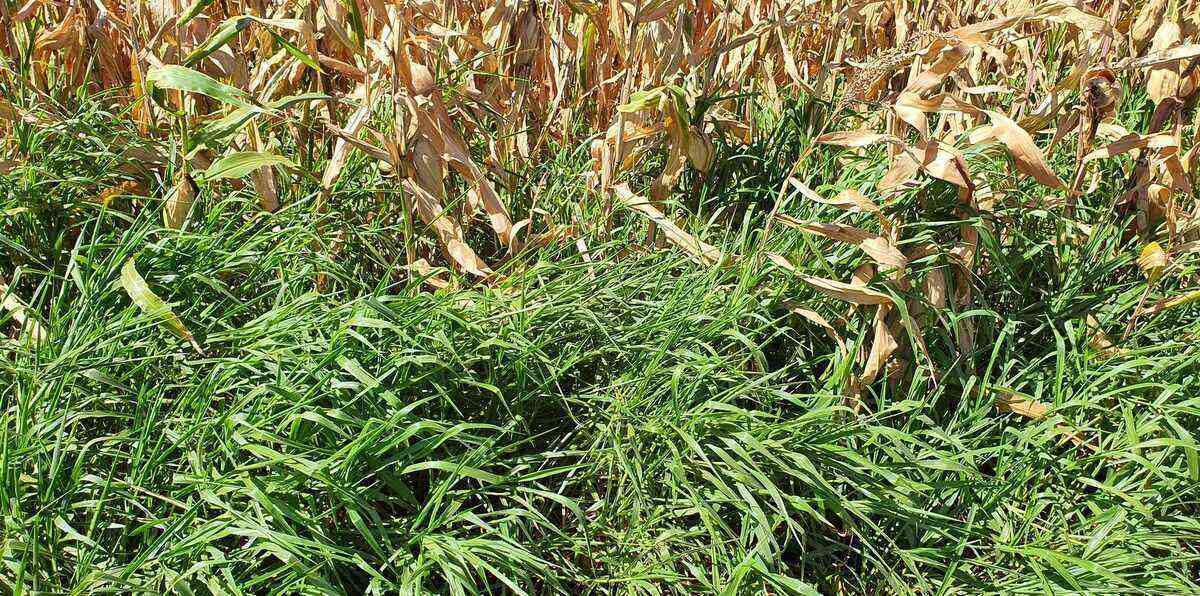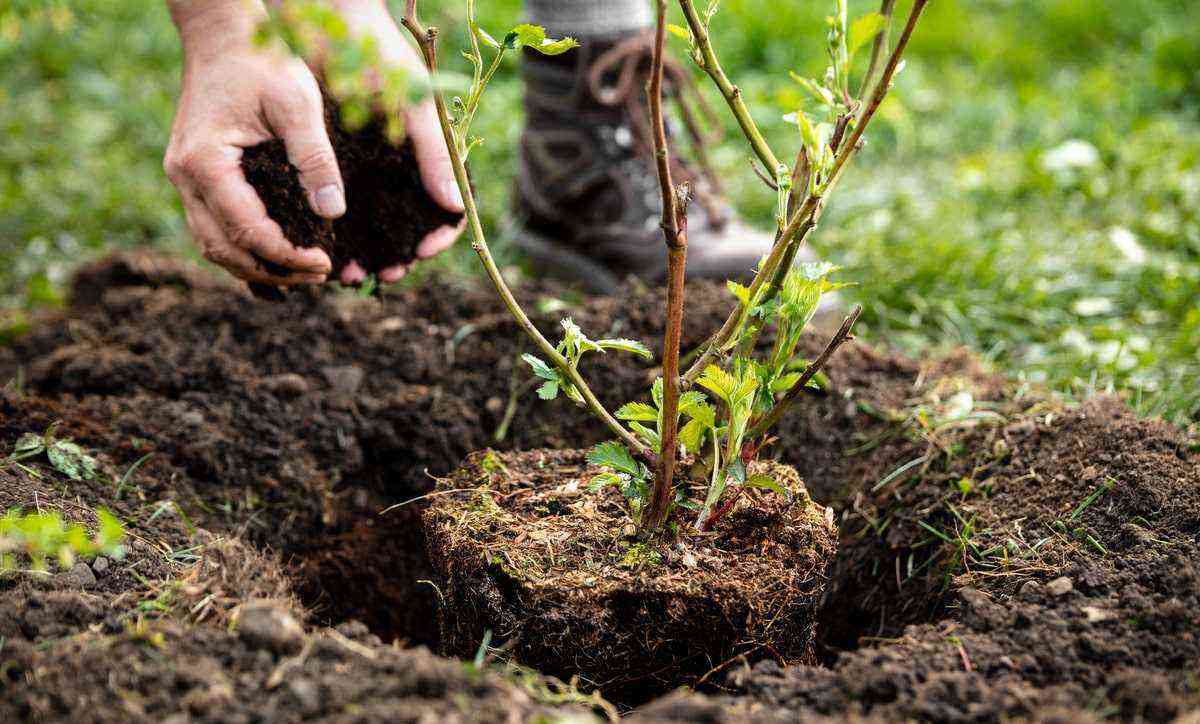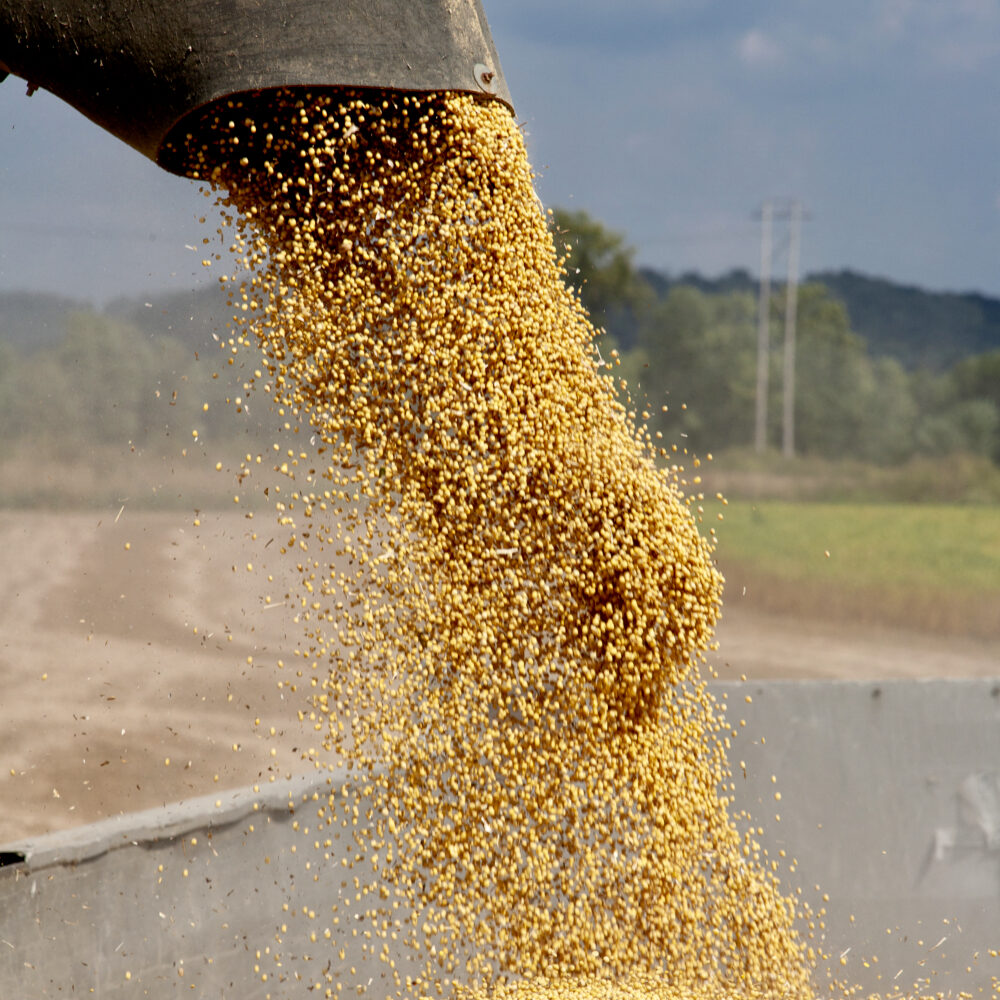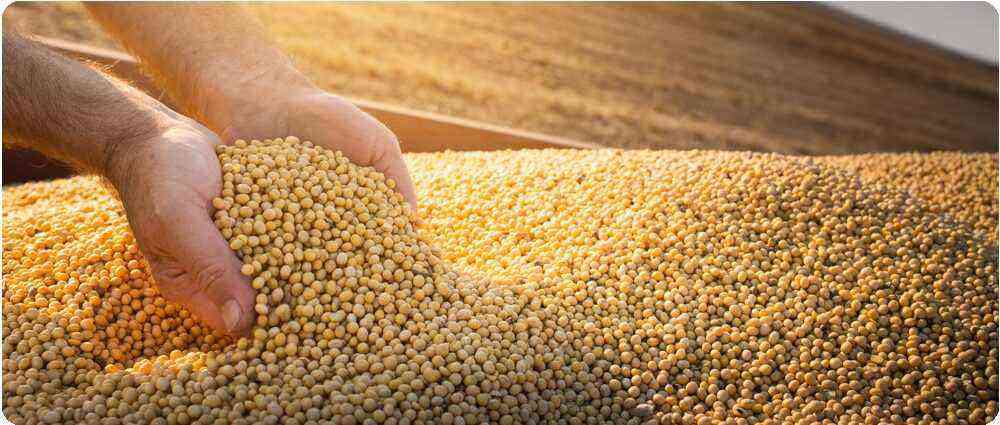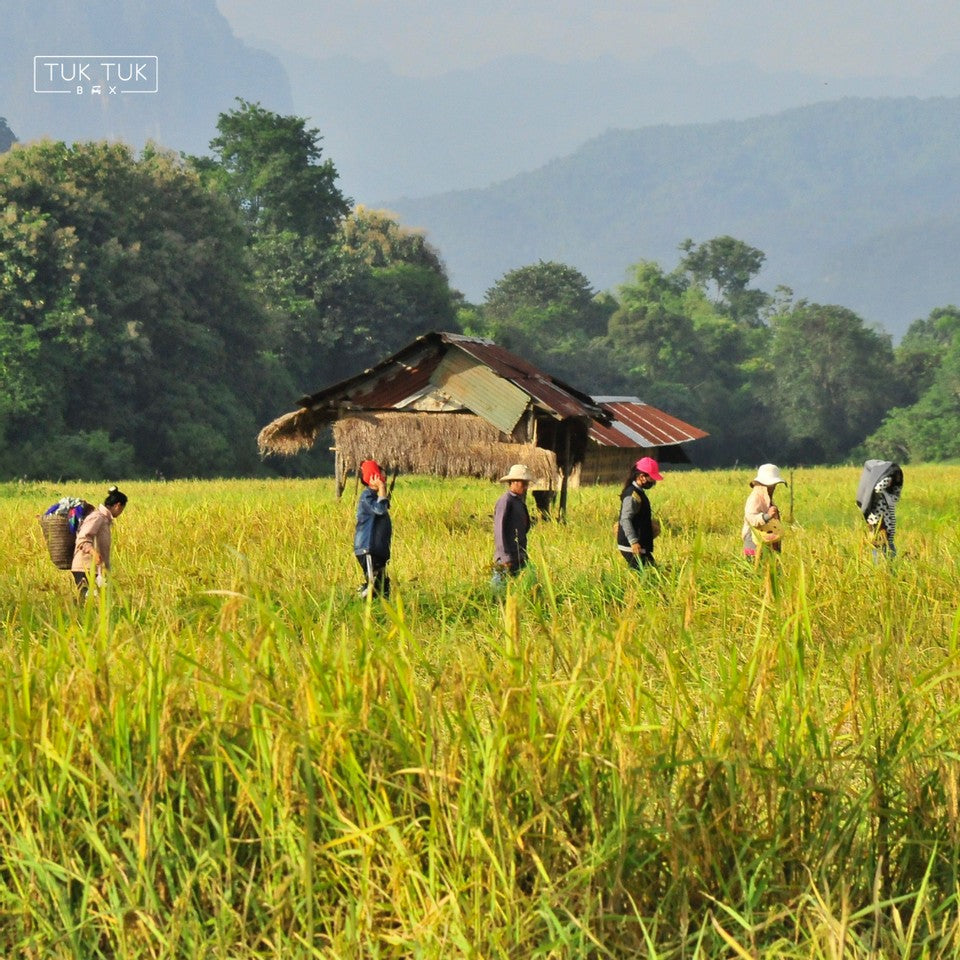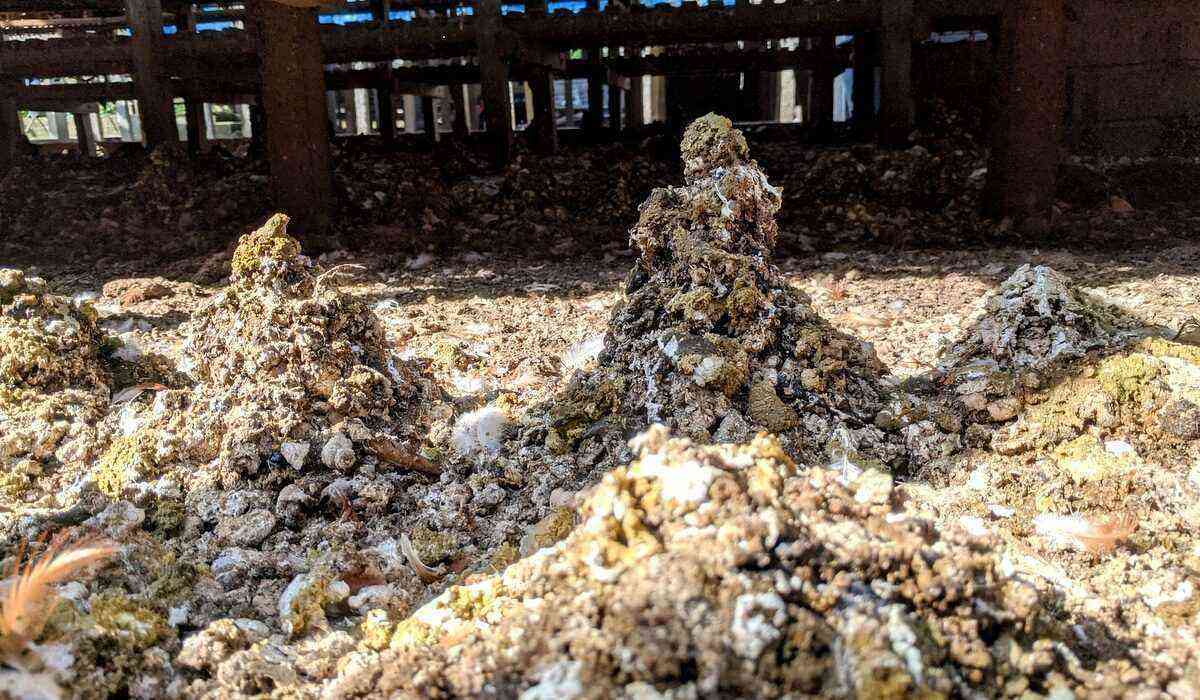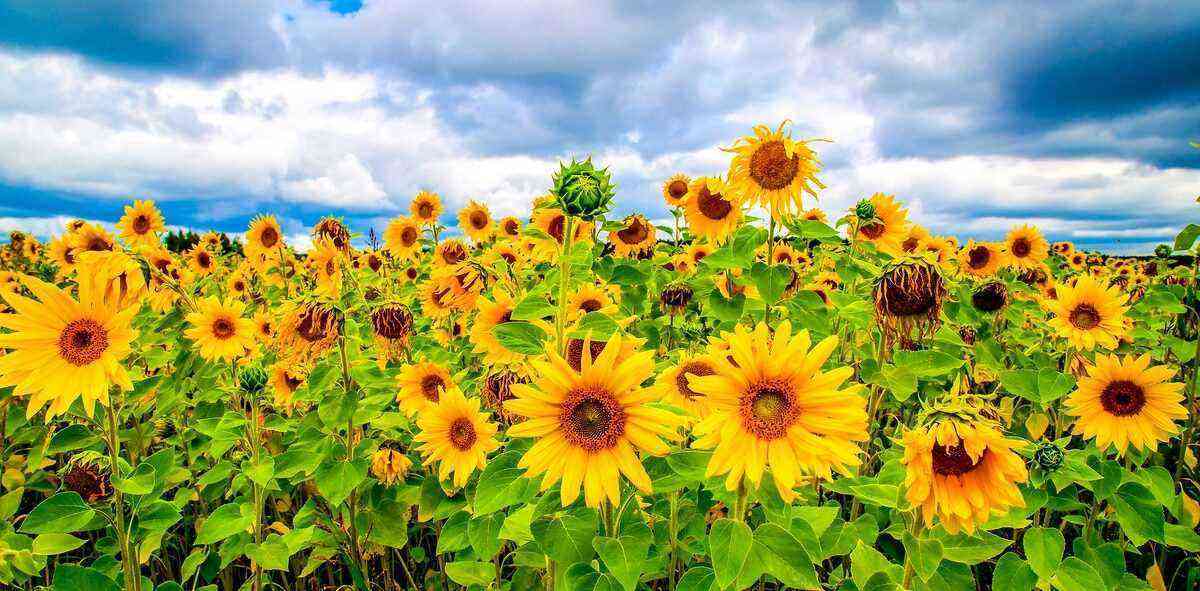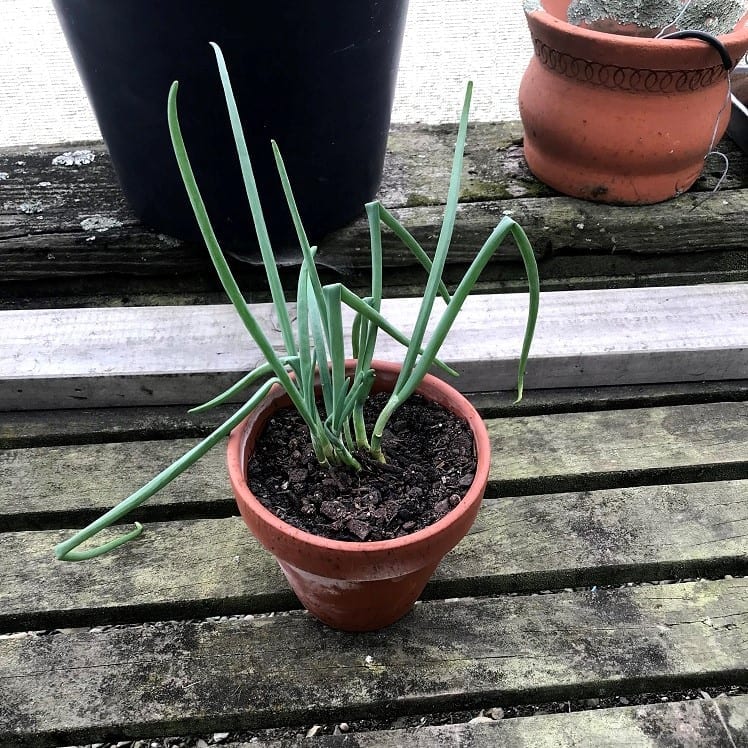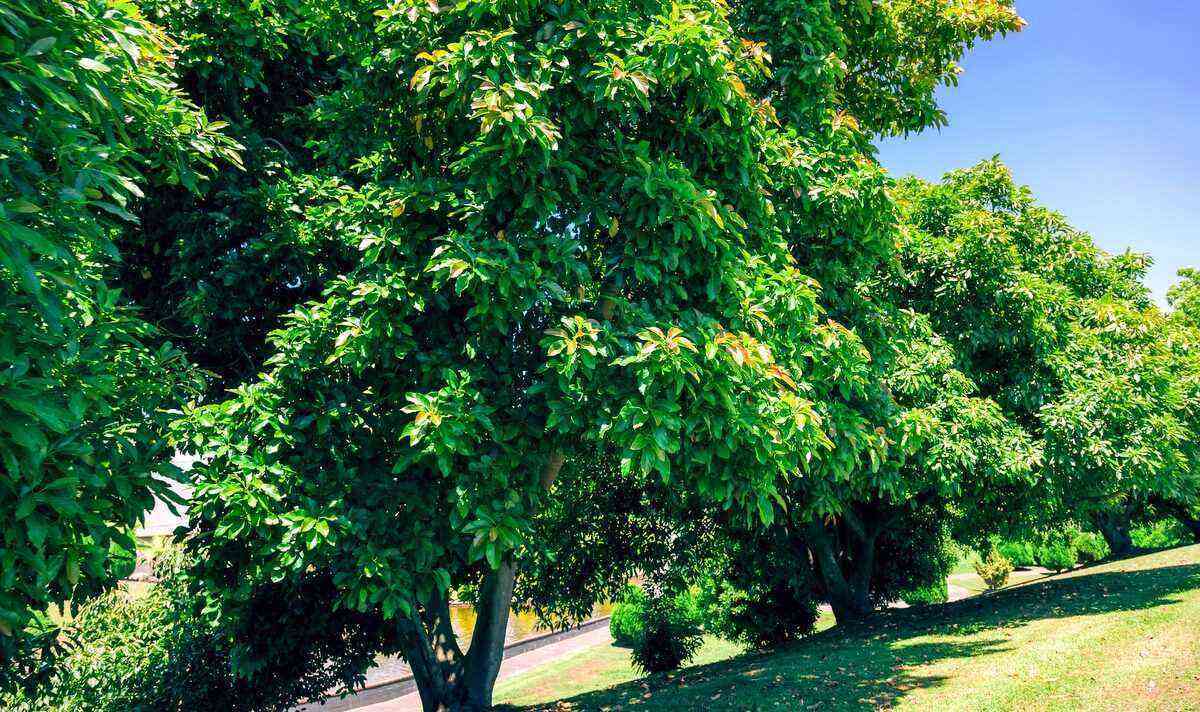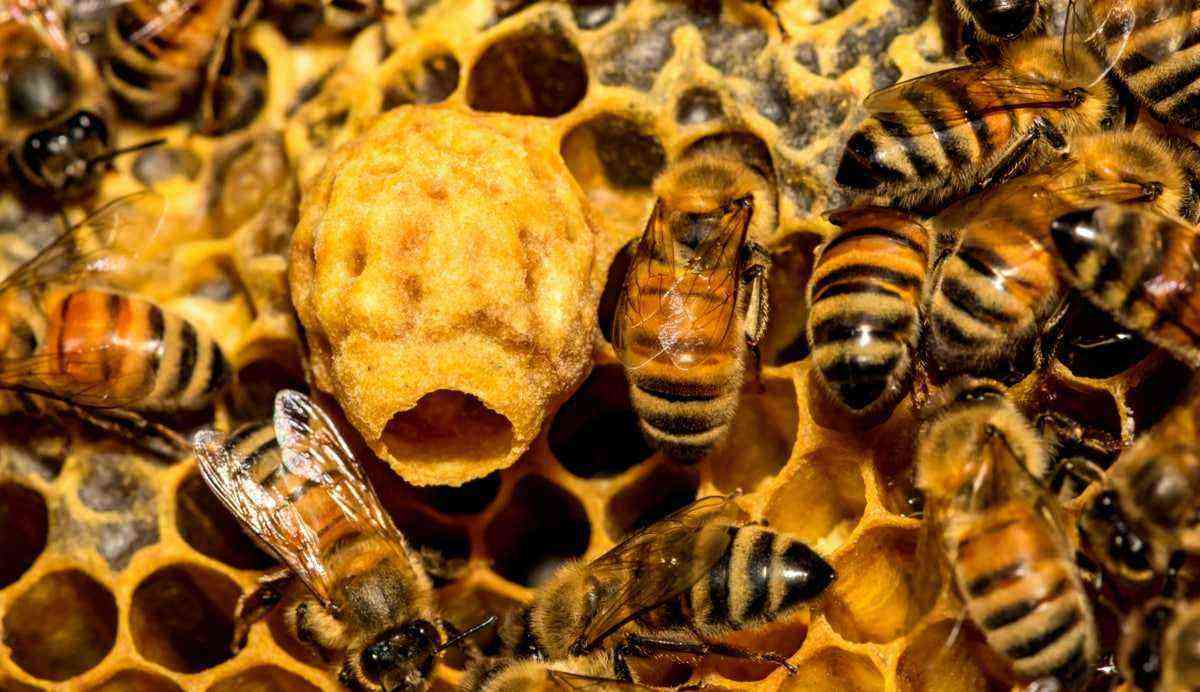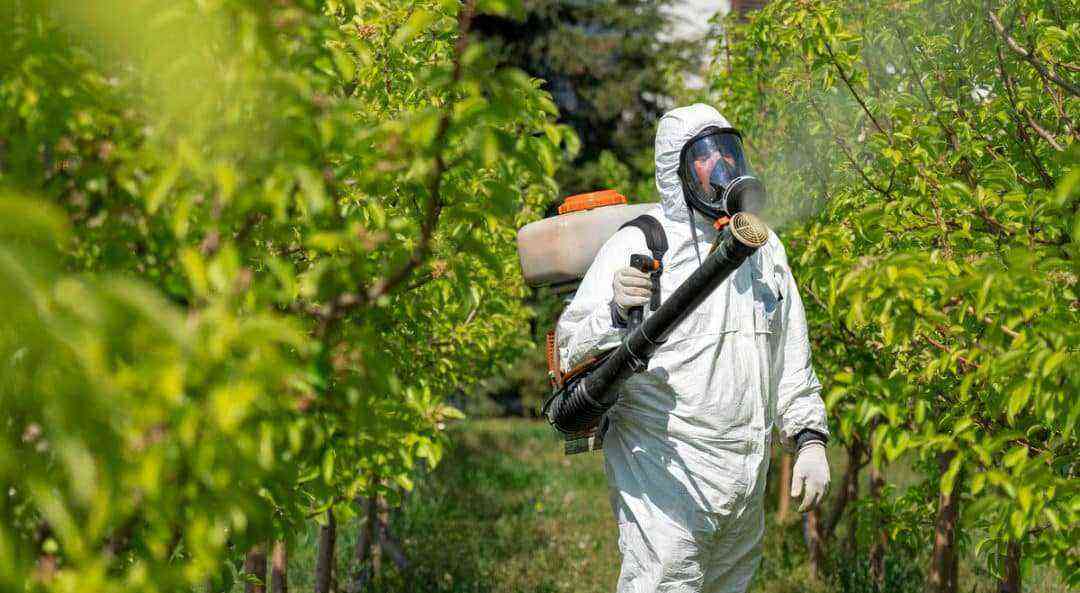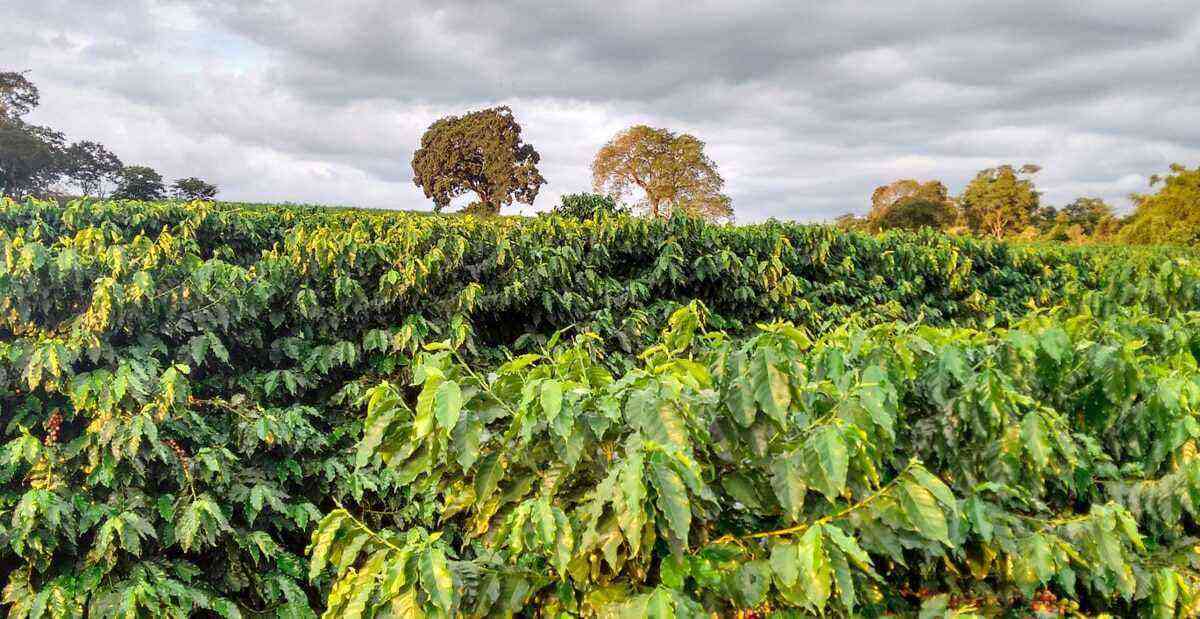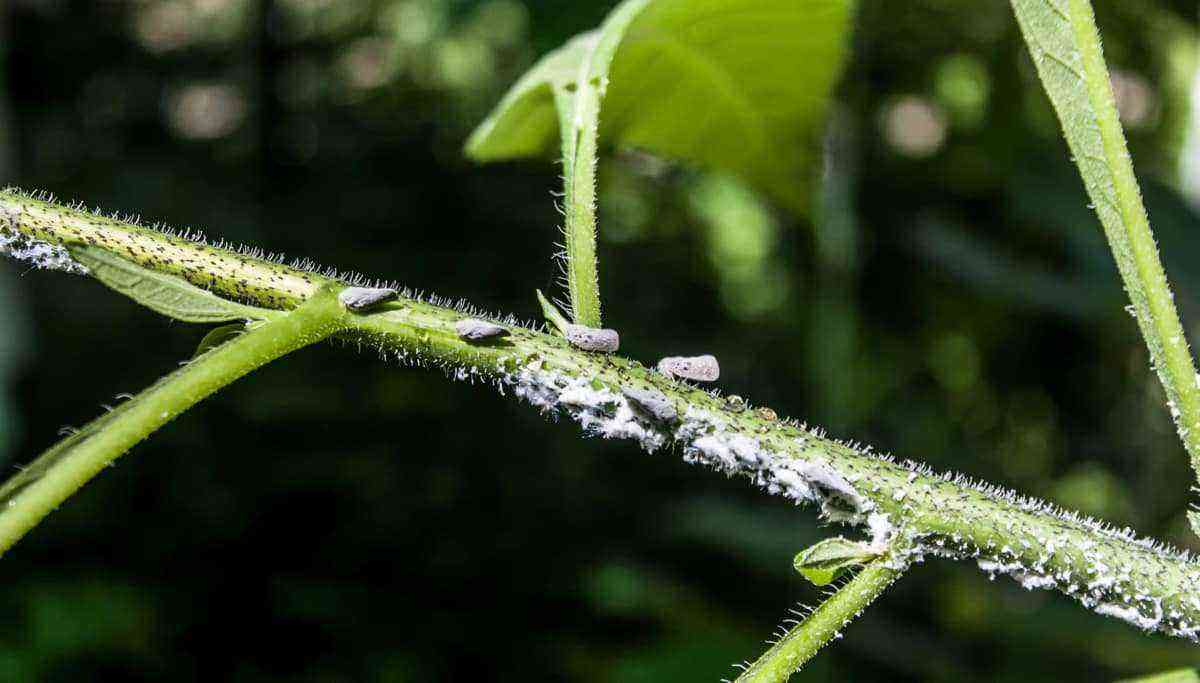Fruit rich in vitamin C and one of the most consumed in the world, strawberry planting can be another good income option for rural producers, especially in family farming.
The task is not as difficult as it seems. Even apartment dwellers can grow strawberries. It all depends on your willingness to take care of the fruit from the time of planting the seed to the time of harvest.
But, planting strawberries requires special attention to some factors, such as climate, soil and that the fruit does not have direct contact with the earth, so as not to spoil it.
The strawberry is a hybrid plant that appeared in France during the XNUMXth century, resulting from the crossing of two wild species.
Thus, thanks to the size of its fruits and the productivity of the plant, this hybrid has become the most cultivated in the world. In Brazil, it has been attracting more and more producers.
Minas Gerais and São Paulo lead the production, with more than 60% of the crop. Rio Grande do Sul is also standing out in terms of planting due to the quality of the fruit.

Strawberries can be commercialized in natura or destined for the industrial market. It attracts more and more producers.
By the way, the strawberry can be produced in different ways: organic, conventional, in a high greenhouse, on the ground and hydroponic, when the plants are raised from the ground, in horizontal trays, increasing productivity.
In addition to consumption in natura of the fruit, appreciated for being a food with low caloric value, and used in cakes and sweets, the strawberry is also destined for the industrial market, such as freezing the pulp, manufacturing ice cream, jelly, jams and juices.
Part of the Brazilian production is exported to countries like Argentina.
Strawberry cultivation: care in planting
O strawberry is a perennial plant which usually reaches 10 to 30 cm in height. Its leaves are like a clover and can be used to make tea, helping with weight loss. The entire plant can be used for medicinal purposes.
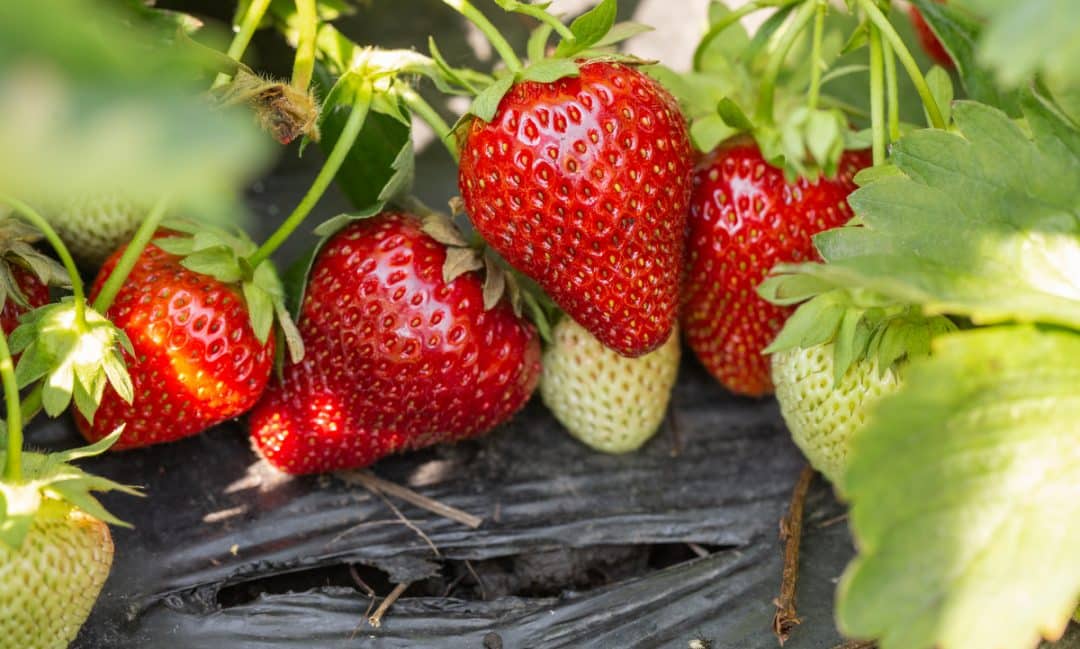
Strawberry cannot have contact with the earth. Therefore, you need to use plastic wrap or mulch.
Indicated mainly for family farming, planting strawberries depends on the climate of the growing region, ranging from the end of February to the end of April.
Growing in greenhouses allows the fruit to be produced practically throughout the year, guaranteeing better prices.
The climate is one of the main factors that determine the greater development of the strawberry. In this sense, temperatures between 13 and 26°C are ideal to ensure good flowering and fruiting.
In recent years, there has been a technological advance in the commercial planting of strawberry in Brazil, as there have been changes in the cultivation system, improvement in the seedling production process and the introduction of new genetic materials, allowing plant all year.
The most suitable soil is sandy-clay, well-drained and rich in organic matter, with good exposure to sunlight. The use of greenhouses and low tunnels is recommended, because they allow the production of better quality fruits, reducing losses due to frost or excessive rainfall.
Planting strawberry seedlings
Strawberry seedlings can be planted in beds, which facilitates drainage. However, it is necessary to leave space between the plants to facilitate the cultural treatments and the harvest. The height of the bed should be 20 to 30 cm on flat land and 15 cm on sloping land.
After planting the seedlings, sprinkler irrigation is needed in the late afternoon, so that the soil touches the roots and the plant can absorb water and nutrients from the soil.
A very interesting option is plant strawberries in the hydroponics system, see a video below with the step-by-step guide to building your hydroponic system.
Source: PVC STEP BY STEP
Management of vegetation and cover
The flower bed needs to be covered so that the fruit do not have direct contact with the ground, thus preventing them from rotting, suffering the attack of pests and facilitating the control of invasive plants.

Strawberry growth cycle. It is a crop indicated mainly for family farming.
For this mulch, use a plastic wrap that also helps maintain soil nutrients, moisture, and temperature. You can also opt for a mulch that helps to produce fruits with a higher concentration of sugar.
The use of plastic greenhouses reduces the risk of pest and disease attack during cultivation. They must have a maximum length of 40 meters, a width of 8 to 12 meters and a minimum ceiling height of 3 meters.
For a good management of the greenhouse, it is recommended to keep the curtains always open. They should only be closed in case of rain, strong winds and frost.
When planting strawberries, be aware that the fruit can be attacked by various fungi, bacteria and viruses that damage the leaves, stems, fruits and roots.
By the way, a tip is to always use healthy seedlings of good origin. However, those attacked by pests must be eliminated. The handling of chemical products must be carried out under the guidance of qualified technicians.
strawberry harvest
The ripening of strawberry fruits begins between 2 to 3 months after planting and extends for up to 7 months, depending on the region where it is grown.

Harvesting should be done in the coolest hours of the day. Redder (ripe) fruits ensure better quality.
Fruits destined for the fruit market in natura are usually harvested with ¾ of a red color.
But if they are sold in nearby markets, they can be harvested fully ripe, which guarantees better quality. The very ripe fruits are destined for the industry.
Harvesting should be done in the coolest hours of the day., by cutting the cable that connects it to the fruit, placing the strawberries in the containers with the utmost care.
Then the fruits must be cooled as quickly as possible (up to two hours after harvesting) to prevent them from ripening prematurely and spoiling.
How to plant strawberry at home
Planting strawberries is an activity that can also be done at home, in small beds or in pots, as long as you follow some recommendations.
First, it is necessary that the area chosen to plant strawberries receives sun at least four hours a day.
Therefore, the vertical garden is the best option when it comes to planting in the apartment, and a wall that receives good natural light should be chosen.
Use large vases or PVC pipes
Large pots of two or three liters can be used. For this type of planting, other options provide better results, such as disposable packaging, PVC pipes or pet bottles. The distance between plants should be 30 centimeters.
For the soil, it is recommended to use already prepared soil, which is already fertilized, and the substrate, which is lighter. You can use these two products “half and half”.
Irrigation will depend on the temperature of the environment. It is important that the soil is always moist, but never soggy and not just the leaves.
As in commercial plantations, the strawberry fruit planted at home must not be in contact with the soil to avoid the formation of fungi.
The tip is to use mulch which, as we have already said, helps to produce tastiest fruits. In fact, the garden should be supervised daily, removing dry leaves and making sure there are no fungi or insects.
But, how to know if the plant is in need of any nutrients? In short, this occurs when the strawberry does not develop well, with small and tough fruits, with a color more of green than reddish. Everything indicates an error in the dosage of fertilizer or lack of water.
See one video interesting below on how to produce giant strawberry seedlings.
Source: Mining Aquaponics
Therefore, having a strawberry plantation at home can be very beneficial for health in two ways: you will have healthy food at your disposal and you will be able to distract your mind while working on the cultivation.
Did you like the text? Do you now know how to plant strawberries? Dare to start a home or commercial plantation and be able to taste the fruits “straight from the foot“.
See this other text on how to plant pitaya
